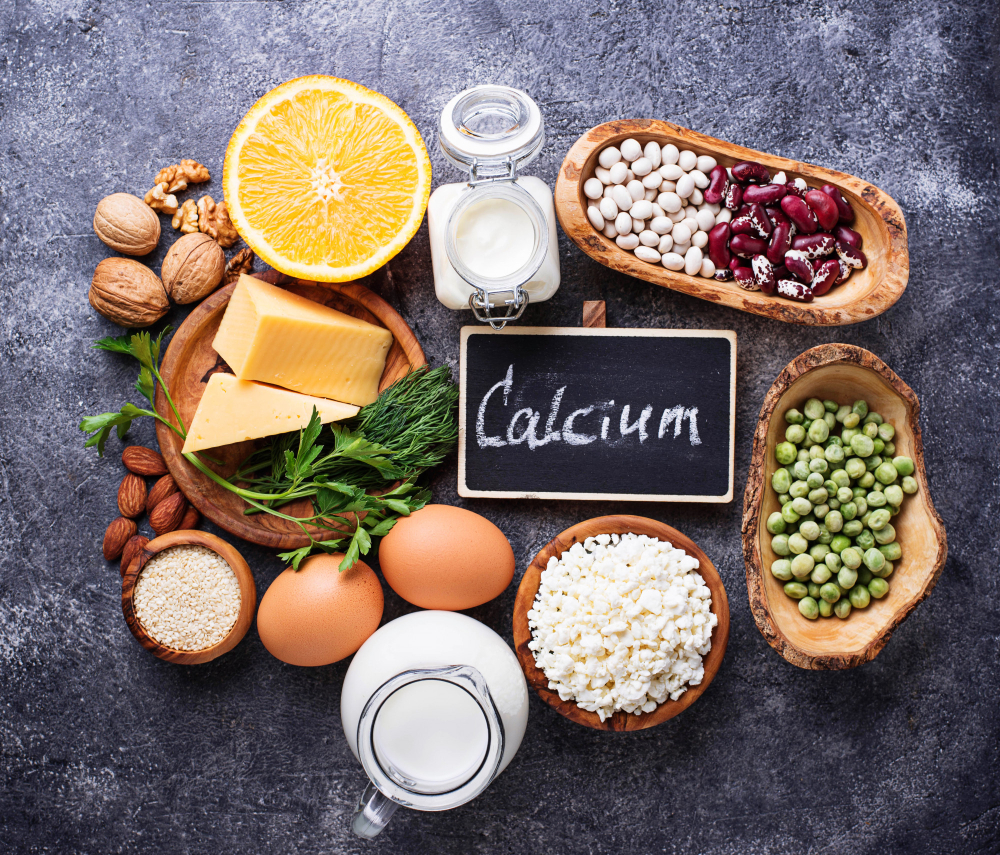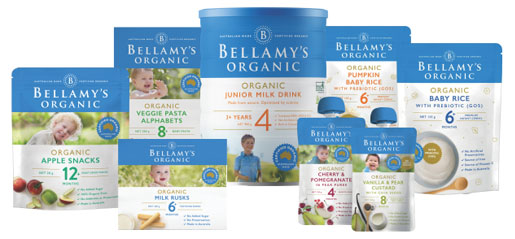Organic Agriculture’s Origin and Development
In this day and age, organic consumption has been a worldwide popular trend as a solution for increasing health concerns derived from food and to reap the nutritions that conventional food just cannot offer. Yet, few people know the origin and transformation of organic consumption throughout the years to become the number one healthy lifestyle as it is these days. Find out more in this article!
1. Organic Agriculture’s Origin
Organic agriculture was initiated as a concept in the early 1900s by Sir Albert Howard, F.H. King, Rudolf Steiner, and others who believed a better farming system requires using natural waste as fertilizer and seasonal crop rotation only. Many of organic agriculture’s sustainable farming practices proposed by Sir Albert Howard were inspired by the local Indian farming community during the time Howard stayed in India for scientific research.
The demand for organic food was stimulated in the 1960s by the publication of Silent Spring, by Rachel Carson, which documented the extent of environmental damage caused by insecticides.
Rachel Carson’s success in spreading awareness on organic consumption is particularly thanks to the start of the rise of public concerns about the environment dating back to the 1960s (Silent Spring was officially published in 1962).
2. Developmental milestones
Organic agriculture has undergone various stages of development, from 1940s when the term “organic” was first coined by Walter James in his book “Look to the Land” to currently when organic consumption is a worldwide trend. Most notably are the milestones:
-
1940s – 1960s:
The term “organic” is mentioned for the first time in Walter James’s scientific work. In 1943, I. Rodale published “An Agricultural Testament” providing information on farming methods that avoided the use of chemicals.
In the 1950s and 60s, the sustainable agriculture movement rose substantially in popularity thanks to advocates of environmental concerns, especially with Rachel Carson’s “Silent Spring” published in 1962, in which she highlighted how DDT and other pesticides badly affect wildlife, the natural environment, and humans.
-
1970s – 1980s:
Organic agriculture was in rising demand, yet production and consumption is still significant and limited locally. This is because of the lack of international management bodies of organic agriculture.
During this time. organic certification still varies by states in the US and IFOAM – now one of the largest organic associations worldwide, was just formed to mitigate problems from unregulated organic production and trade.
-
1990s – 2000s:
Organic markets worldwide started witnessing strong growth, due to the emergence of food concerns from conventional farming.
Many internationally acclaimed organic certification bodies these days were founded during the 1990s-2000s, to actively regulate and promote the production and trade of organic agriculture products to meet rising demand.
2. Current situation
Currently, organic agriculture has reached a maturity stage in which it becomes a popular way of living, a lifestyle for a majority of people worldwide. Besides the primary purpose of avoiding detrimental effects derived from food conventionally grown, various organic products are scientifically proven to be more nutritious. Moreover, organic consumption also provides many spiritual benefits for its advocates.
From a barely-known farming method in the 1940s, organic production and consumption have reached booming figures recently.


Read more: Organic Production and Consumption by Continent (link)
Last but least, there are now several reliable organic certification bodies available on the market which play a major role in facilitating the growth of organic agriculture as a global movement. Even though it is common for each nation to have its own organic certification these days, some organic certification bodies in major markets are internationally-recognized and highly preferred.
Read more: Reliable Organic Certifications on Market (link)
Reference:
- Organic Farming: History, Timeline, and Impact – Trehuggers: https://www.treehugger.com/organic-farming-history-timeline-and-impact-5189324
- Organic Food Statistics – Health Careers: https://healthcareers.co/organic-food-statistics/
Featured post
-
05 Diet Plans That Are Good For Your Health
31/07/2022
-
Best Times to Sleep for Adults & Children
01/06/2022








